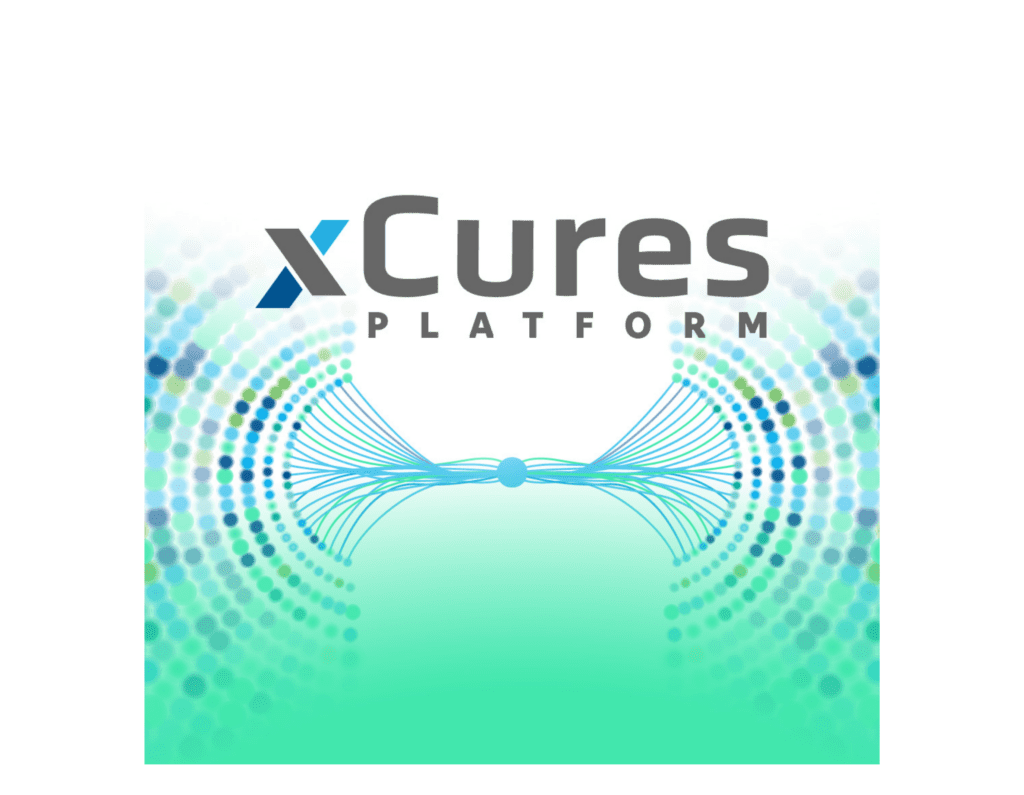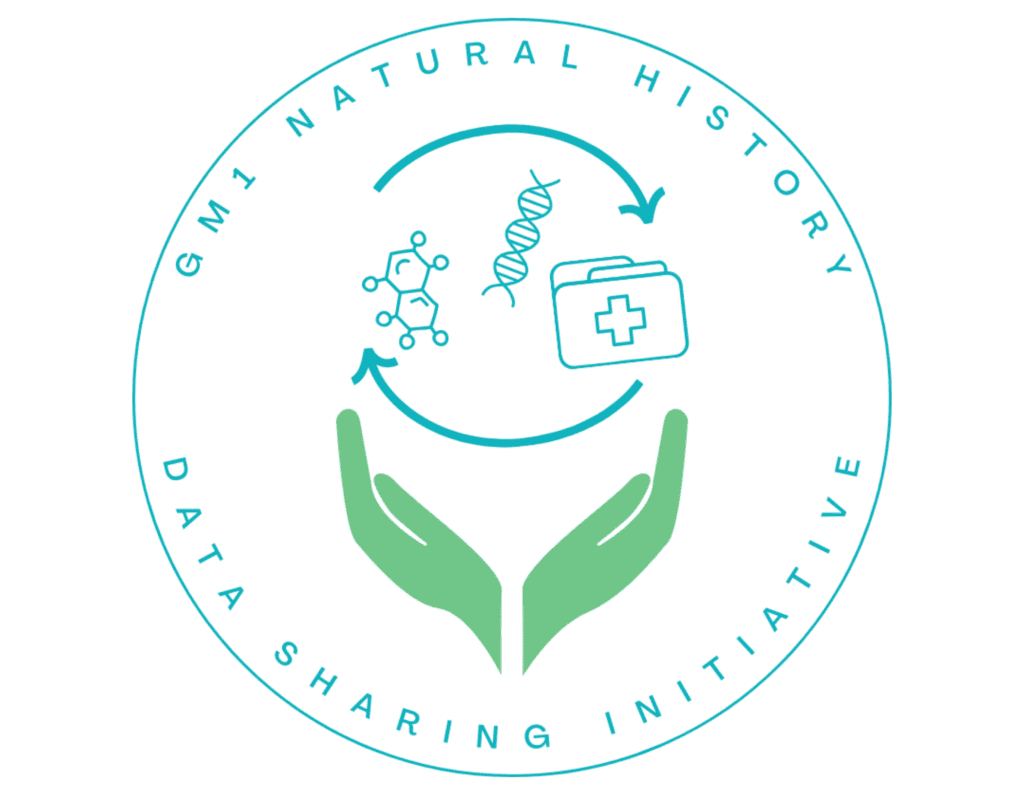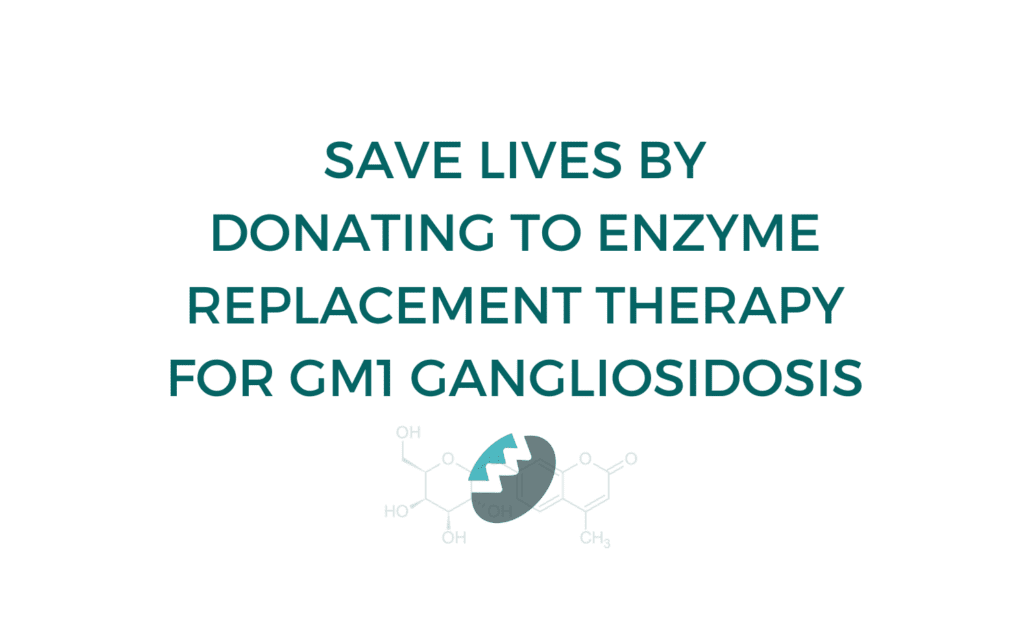
Hope Through Enzyme Replacement:
A Critical Therapy for GM1 Gangliosidosis
WHY ENZYME REPLACEMENT THERAPY (ERT) FOR GM1?
Developing enzyme replacement therapy for GM1 – a vital missing piece in treating this fatal disease
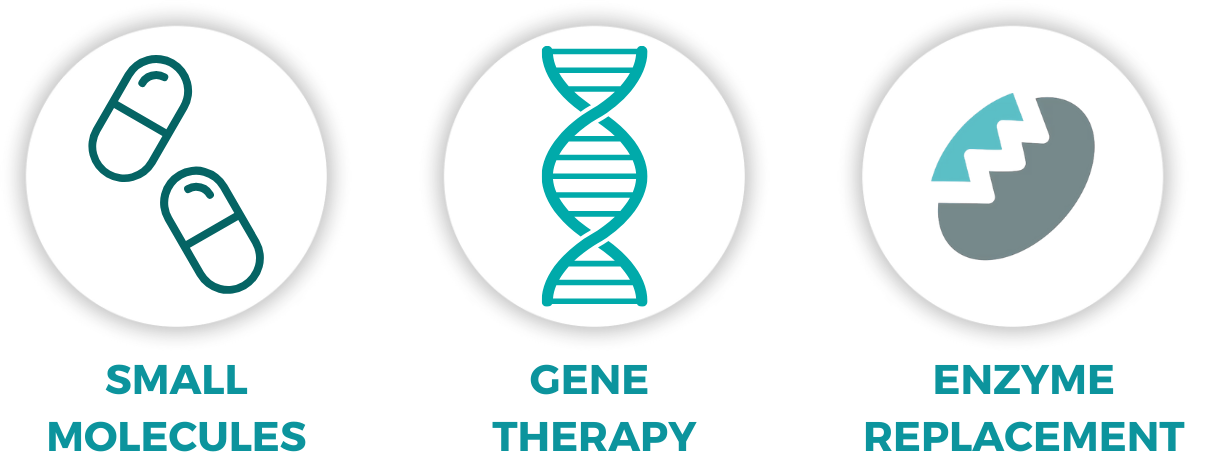
While there have been three AAV gene therapy clinical trials for GM1 and one small molecule clinical trial, enzyme replacement therapy has yet to reach clinical trials. Many of the small molecules require residual enzyme activity and therefore will not work for infantile GM1. The gene therapy presently requires very early treatment. We believe ERT is a critical tool and treatment modality for the majority of patients.
PRIOR EXAMPLES OF SUCCESS IN LYSOSOMAL STORAGE DISEASES IN ENZYME REPLACEMENT THERAPY
There are many examples of successful protein/ enzyme replacement therapies in lysosomal storage diseases like GM1. The lack of an enzyme replacement therapy for GM1 is simply due to a lack of financial resources, prioritization, and a team to execute. We believe that decades-long experiences with similar drugs such as Aldurazyme for MPS I and Brineura for CLN2 Batten disease serve as successful examples of ERT in rare lysosomal storage diseases.
NEWBORN SCREENING READINESS
Cure GM1 funded the optimization of the first-ever newborn screening assay for GM1 gangliosidosis. The assay was developed by Dr. Michael Gelb at the University of Washington and led to the inclusion of GM1 in multiple newborn screening studies, including an international pilot study.
In addition, two babies have already been identified using this assay, which is one of the requirements for newborn screening to be expanded once there is an approved treatment available.
In the future, the best possible outcomes with ERT will be in babies identified at birth, avoiding the diagnostic odyssey and the development of severe symptoms of GM1.

OUR INITIATIVES IN ENZYME REPLACEMENT THERAPY WILL CONTRIBUTE TO AN ARSENAL OF POSSIBLE TREATMENTS FOR GM1
Through the years since Cure GM1 was first founded, there have been clinical trials in both gene therapy and small molecules. However, there has yet to be a clinical trial for enzyme replacement therapy (ERT). We aim to change the landscape for GM1 and to contribute to creating an arsenal of possible approaches to treating GM1.
The reality of treating a disease as complex as GM1 is that combination therapies and multiple possible treatments may be required. Some treatments work only when there is residual enzyme activity and some only work at certain times in the course of the disease.
However, ERT represents a critical missing piece in the treatment landscape that could help the majority of patients, including those who may not benefit from other therapeutic approaches. By developing enzyme replacement therapy for GM1 gangliosidosis, we aim to fill this significant treatment gap and provide hope to families who currently have no options. With your support, we can advance this promising therapy to clinical trials and ultimately work toward an FDA-approved treatment that transforms the lives of children with GM1 gangliosidosis.
TREATMENT APPROACHES COMPARED
Current therapeutic approaches for GM1 gangliosidosis each have distinct advantages and limitations. They all have value, and ultimately, combination therapies may provide the best outcomes for patients.
Enzyme Replacement Therapy offers several unique advantages. It can potentially help patients across all age groups and disease stages by directly supplying the missing enzyme. The planned intracerebroventricular (ICV) administration delivers the enzyme directly to the central nervous system where it’s most needed. Additionally, ERT has decades of precedent in similar disorders, making the development pathway more established.
Several AAV-based gene therapy trials have shown promise, as they aim to deliver functional copies of the GLB1 gene to cells. However, current approaches require very early intervention before significant neurological damage occurs. The treatment window is narrow, and many children are diagnosed too late to receive maximum benefit.
Drugs like venglustat work by reducing substrate / waste in the cell, but many require residual enzyme activity to be effective. This means they often cannot help children with infantile GM1 who have no enzyme function. While these medications are taken orally, making administration simpler, their limited efficacy for the most severe cases represents a significant drawback.
WE AIM TO RAISE $4M MORE TO MOVE FORWARD
Save lives by donating to Enzyme Replacement Therapy for GM1 gangliosidosis Your Support Makes a Difference
PILLARS OF DRUG DEVELOPMENT FOR GM1
Since the creation of Cure GM1 in 2015, we have been assembling building blocks to be able to support the drug development process and to improve the likelihood of success for GM1 research and clinical trials.
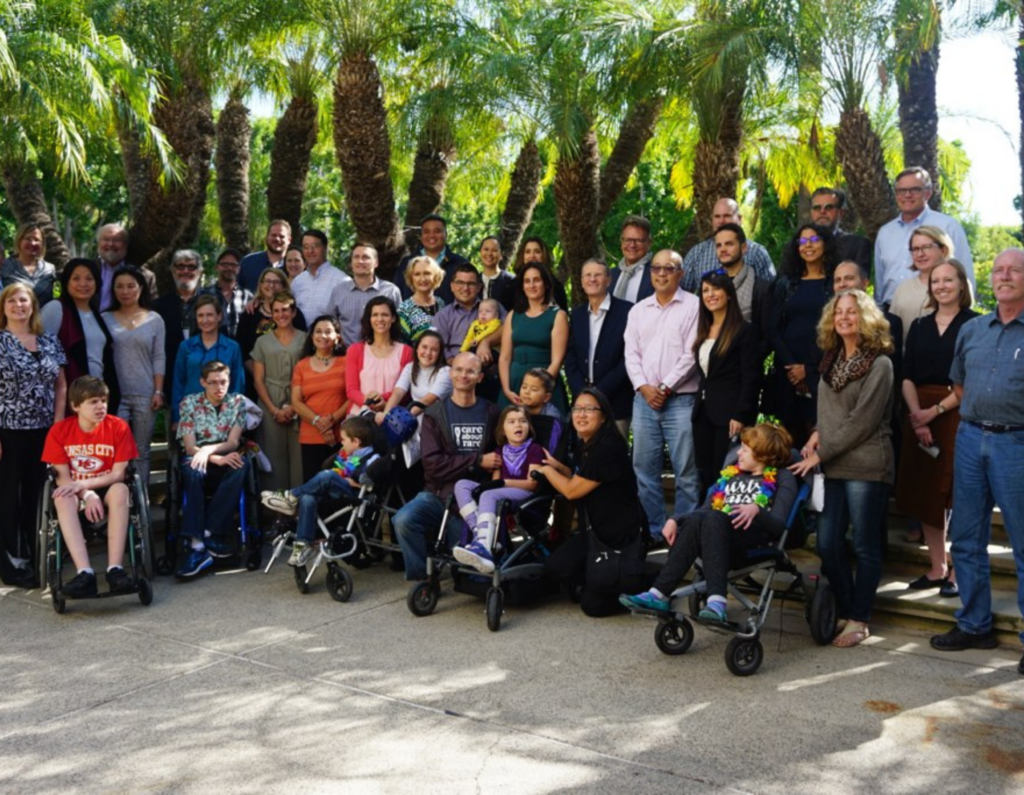
COMMUNITY
To attract interest from biotech companies to invest in treatments, we as a community must show we exist. More importantly, we must support each other.
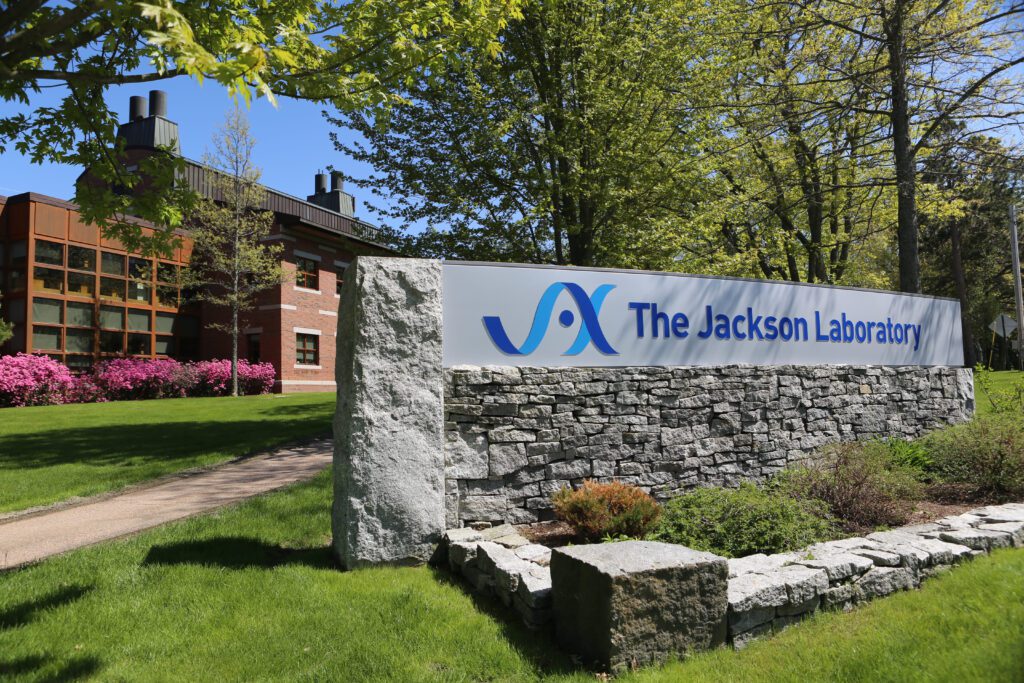
ANIMAL MODELS
Cure GM1 partnered with the Jackson Laboratory to create the first publicly available mouse models in the history of GM1.
REGULATORY INTERACTIONS

EXTERNALLY-LED PATIENT-FOCUSED DRUG DEVELOPMENT MEETING
Cure GM1 organized the first-ever externally-led patient-focused drug development meeting with FDA and published the Voice of the Patient report published on the FDA website.
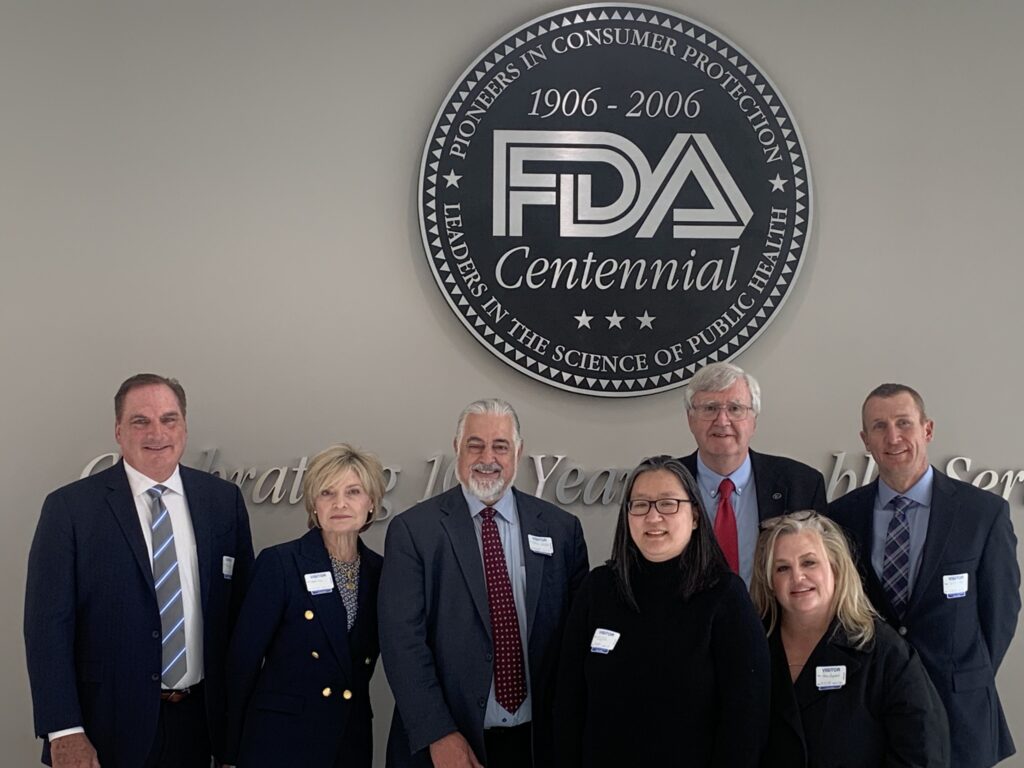
ACCELERATED APPROVAL BASED ON BIOMARKERS
In partnership with other patient advocates and groups, Cure GM1 met with regulators to champion change for ultra-rare diseases to encourage accelerated approval based on biomarkers. Currently, Cure GM1 is supporting multiple initiatives on this topic. You can see Act for Ultrarare for more information.
REAL-WORLD EVIDENCE NATURAL HISTORY, DATA SHARING aND BIOBANK
In order to support drug development and research, Cure GM1 has multiple initiatives that support research and drug development. Families can participate in these efforts to ensure that GM1 is research-ready! Learn more details here.
OUR ENZYME REPLACEMENT THERAPY TEAM
Cure GM1 has built a team of advisors and volunteers with decades of prior experience in protein / enzyme replacement therapies. Both Paul and Gouri have prior experience working on GM1 drug development and research. As the project advances, we will also add our our regulatory and clinical advisors to the project.

Gouri Yogalingam, PhD
R&D and Scientific Advisor

Paul Fitzpatrick, PhD
CMC and Scientific Advisor

Chris Phillips, MS
CMC Advisor
Your Donation Can Save Lives
Every contribution brings us closer to developing the first enzyme replacement therapy for GM1 gangliosidosis, a treatment that could transform this fatal disease into a more manageable condition.
Our current goal is to raise $4 million more to reach our IND filing, your support is crucial in this race against time. Children with GM1 can’t wait—every day without treatment means irreversible progression of this devastating disease.
Your donation today directly funds laboratory work, manufacturing development, and clinical preparation that will bring this life-saving therapy to the children who desperately need it.
There are Multiple Ways You Can Make an Impact
- Monthly Giving
- Corporate Matching
- Family Fundraising
- Spread Awareness
- Legacy Giving
- Gifts of Stock
- Crypto
- Paypal Giving Fund

